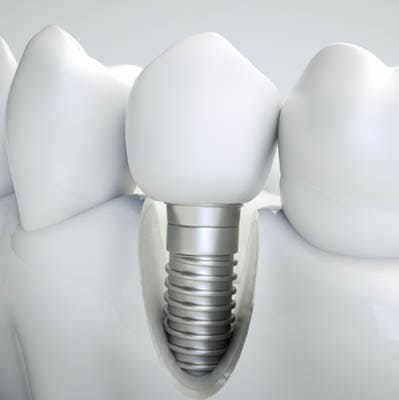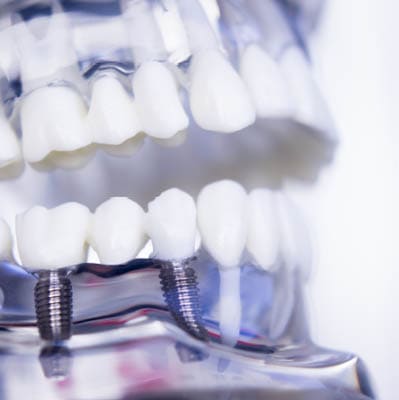Welcome To Covington Dental


The trusted solution for dental extractions and implants in Riverton, UT
We believe that oral health is linked to systemic health, and our team is committed to providing comprehensive care that considers the well-being of your entire body.
SURESMILES
CLEAR ALIGNERS
NO INSURANCE?
NEED FINANCING?
TMJ, MIGRAINE
& WELLNESS THERAPY
CROWNS IN JUST
ONE VISIT
Advanced Dental Technologies
Our office uses state-of-the-art technologies in all our procedures to provide the very best in modern dental care. These new technologies allow us to provide greater accuracy and reduce recovery time.

THE TECHNOLOGIES WE USE
- 3D Imaging
- Appointment Reminders
- CEREC Same-Day Crowns
- Cone Beam CT Scan
- Digital Imaging
- Digital Impressions
- Digital X-rays
- Electronic Claims
- Intraoral Camera
- Paperless Charting
- Panoramic X-Rays
- Patient Education
COMPLETE DENTAL CARE
for your entire family
Our services go beyond traditional dental care to improve your overall health. We provide a variety of therapies and treatments, so no matter what you need, we can help enhance your body’s overall wellness.
GENERAL & COSMETIC DENTAL SERVICES
- Bonding
- Bridges
- Crowns
- Dental Cleaning
- Dentures
- Dermal Fillers
- Emergency Exams
- Extractions
- Fillings
- Fluoride
- Gum Treatment
- Implant Placement
- Implant Restoration
- Mouth Guards
- Night Guards
- Partial Dentures
- Root Canals
- Sealants
- Sleep Apnea
- Sedation Dentistry
- Teeth Whitening
- TMJ Treatment
- Veneers
- Wisdom Teeth


What They Say About Us
Lorem ipsum dolor sit amet, consectetur adipiscing elit. Ut elit tellus, luctus nec ullamcorper mattis, pulvinar dapibus leo.
Auctor Elit Sed Vulputate Mi. Accumsan Sit Amet Nulla Facilisi Morbi Tempus Iaculis Urna.
“Lorem ipsum dolor sit amet, consectetur adipiscing elit, sed do eiusmod tempor incididunt ut labore et dolore magna aliqua. Ultrices tincidunt arcu non sodales neque sodales.”

Scott Walker
Fort Worth, TX
Risus Ultricies Tristique Nulla Aliquet Enim. Ullamcorper Velit Sed Ullamcorper Morbi Tincidunt.
“Lorem ipsum dolor sit amet, consectetur adipiscing elit, sed do eiusmod tempor incididunt ut labore et dolore magna aliqua. Ultrices tincidunt arcu non sodales neque sodales.”

Mary Boyles
McKinney, TX
Stay In Touch
Dental Care with a Gentle Touch
Email Us
Dental Care with a Gentle Touch
Experience Gentle Dentistry – Request an Appointment.

